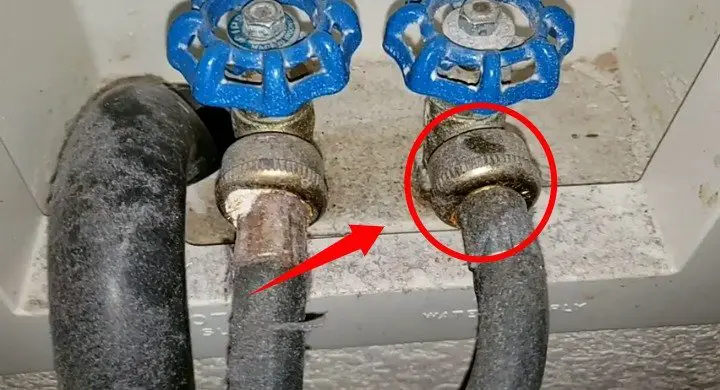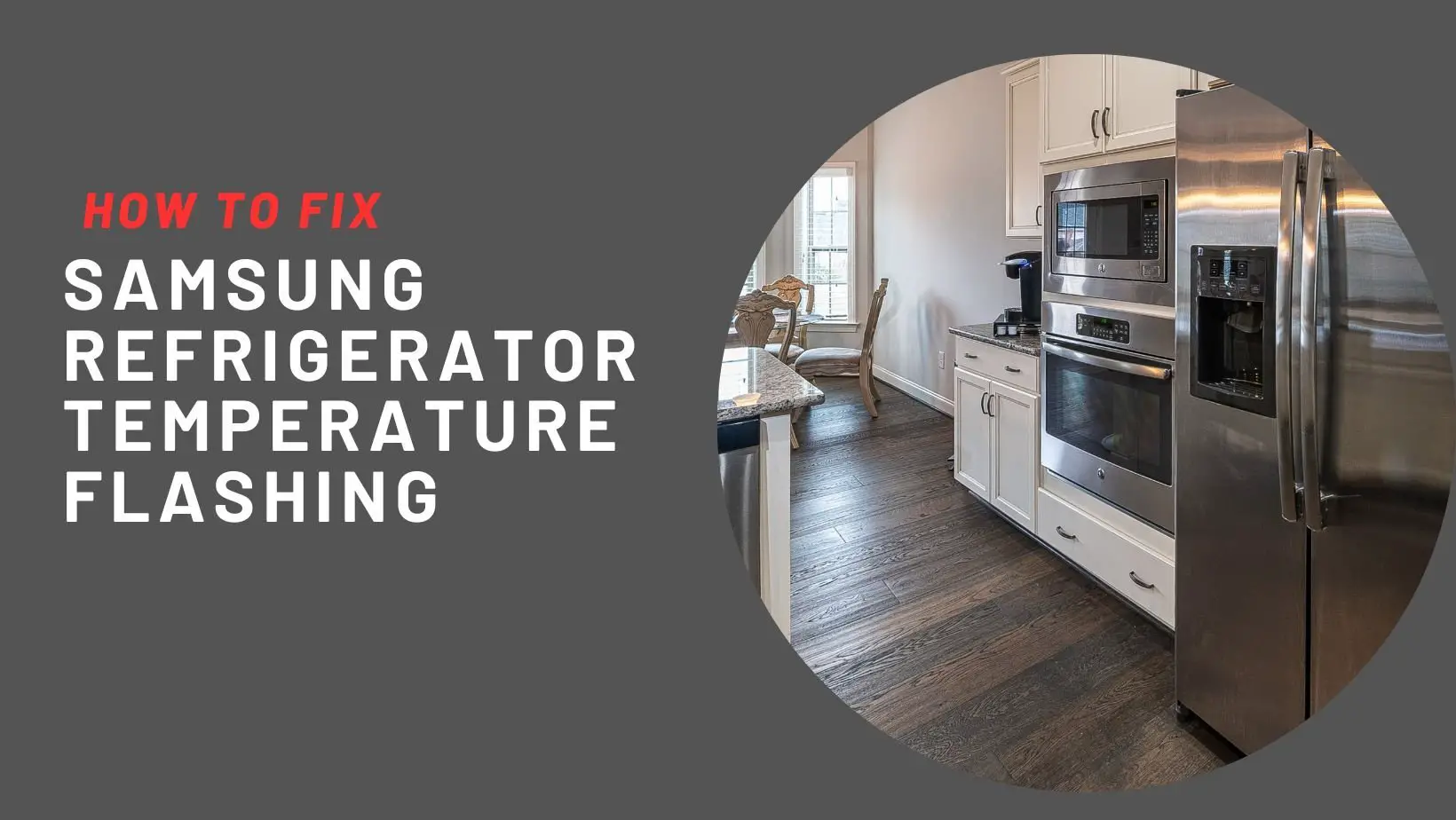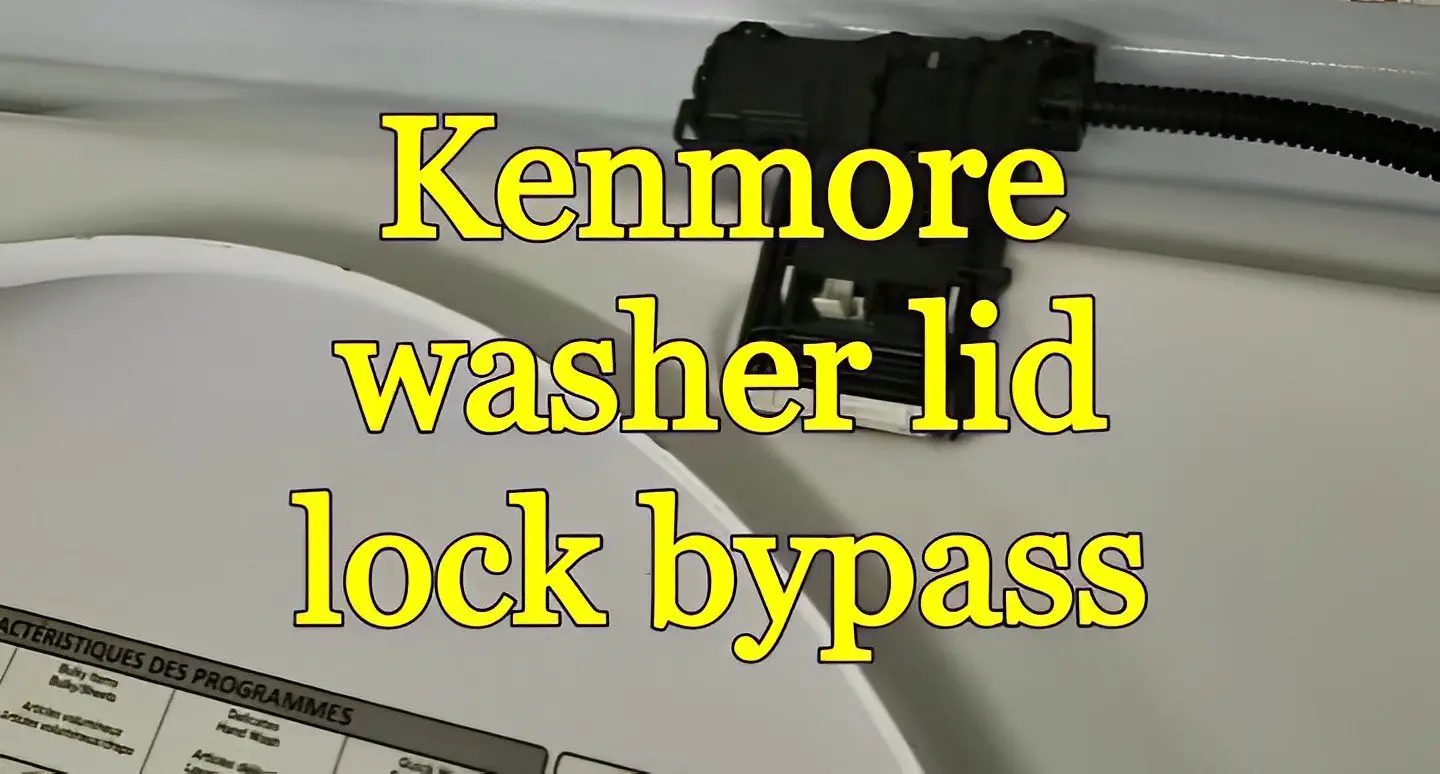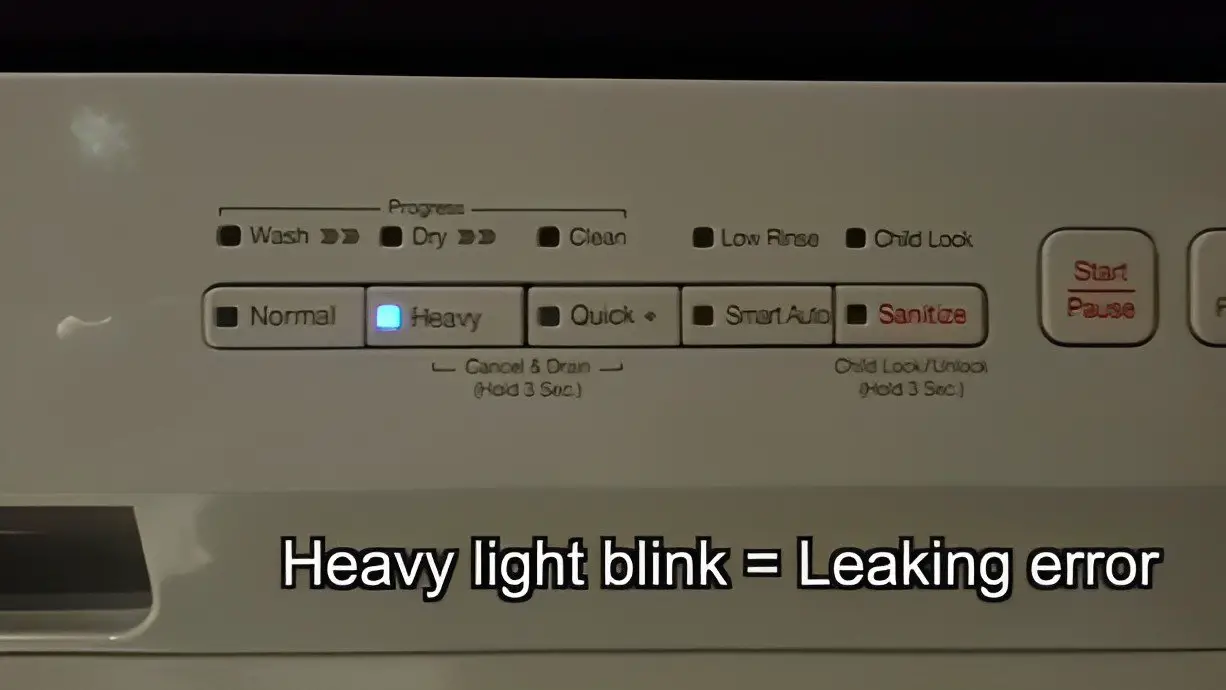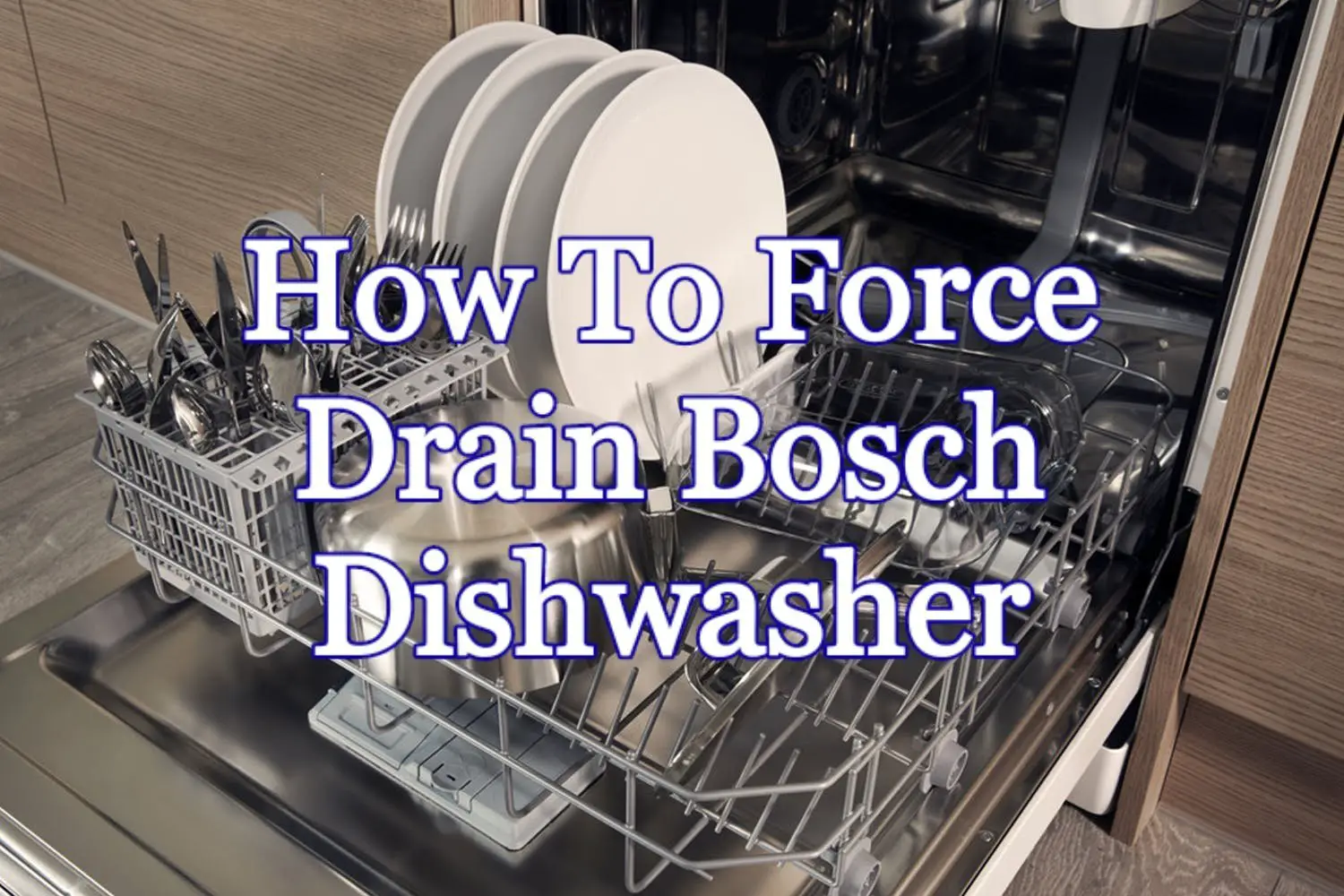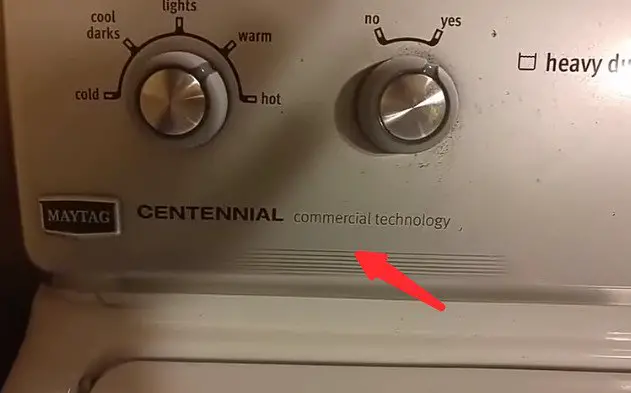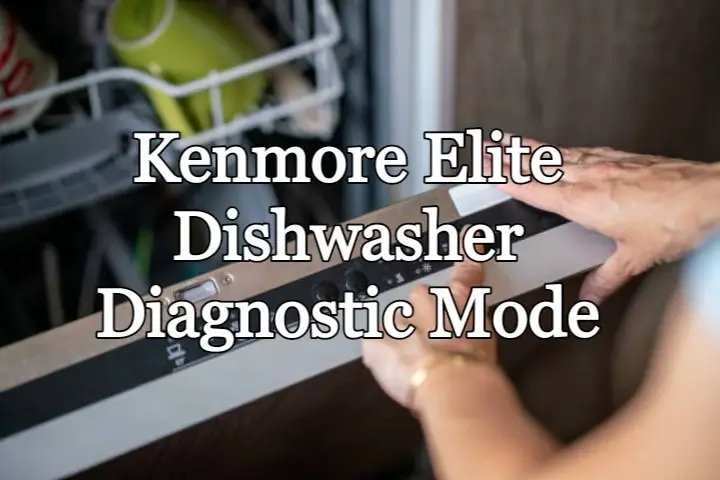Do you currently have a rusty or corroded washing machine valve that’s literally leaking, difficult to turn or not closing all the way?
Regardless of the exact diagnosis, it is obviously not ideal to ignore a corroding washer valves until it begins to affect the proper functioning of your washing machine.
The main reason why your water valve is corroded is probably due to situations whereby it gets in contact with water, mineral build-up, humidity, age or the environmental conditions of its location.
In this article, we’ll be highlighting extensive information concerning the steps to take in order to fix a corroded washing machine valve.
In addition to the reasons why it got corroded and ways to prevent this occurrence and many more.
Causes Of Corroded Washing Machine Valve?
I had a washing machine whose valve was effectively fused to the valve’s threading, it wasn’t even turning or bulging at all.
Eventually, I was able to figure out the reasons why it got corroded as I was aware of what to look out for next time.
Some of the things you might be experiencing in situations like this include having difficulty turning the valve, water continuously dripping out from the tip of the valves and many more.
Here are the main reasons why your washing machine water valve might have been corroded.
- The washer valves are being exposed to direct water and air.
- It is probably old, mismanaged and malfunctioning.
- Excess bacteria has accumulated on top of the valves.
- It’s not properly cleaned and filled with dirts.
#1. There are leaks in the valves
The washing machine water supply valve might start to rust or corrode when it gets in contact with water.
These are metals we’re talking about here, when you ignore a leaking valve it proceeds to the extent that it results in a corroded metal and gets stuck.
Unless you are an homeowner that always maintains every single aspect of your washing machine, you are very unlikely to instantly notice leaks in the valves.
However, you need to be able to detect even the slightest water drop in your washing machine valve.
A corroded washer valve might require a little effort to fix or even replace if it eventually gets to this stage.
#2. Reaction with excessive dirts and bacteria
Another possible cause of a valve that has been affected by corrosion is the chemical reactions between the metal and bacteria.
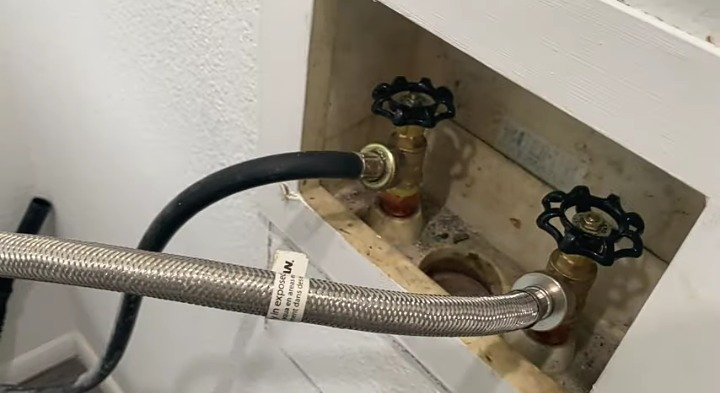
Without a doubt a long-serving washing machine would definitely have a little bit of dirt on it.
When an excessive amount of dirt and bacteria gets attached to the machine valves, that’s when you begin to notice some powdery substance on it which is definitely a sign of corrosion.
#3. Age Factor
Generally, the age factor is very common for all appliances that’s used in most households. An old washer is bound to experience faults regularly if not properly maintained.
A corroded washing machine water supply valve can also be triggered by the number of years you might have been using it.
Unless you have a recently purchased washer, corrosion should be less of a concern to you.
As time goes on, these valves wear out and fail to control the flow of water into your appliance.
How To Remove Corrosion From A Water Valve?
Now that you are aware of some of the reasons behind a corroded valve, the next procedure should be getting rid of the corrosion.
What’s very fascinating and interesting about this procedure is that you don’t necessarily need to spend huge bucks to get it done.
Obviously, I was able to do this at home without even contacting my plumber.
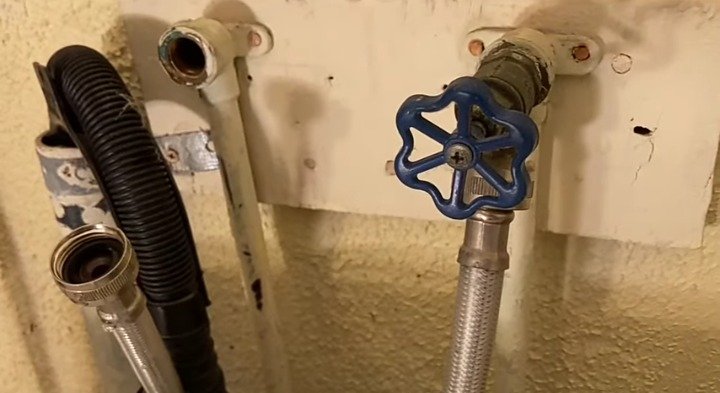
In order to be certain of what you’re actually doing, touch the tip of your washing machine valves. You should see white or perhaps a green powdery substance on them.
Sometimes, it might seem rusted, stuck and hard to turn. Below are the procedures to follow carefully to remove the corrosion.
- Unplug the appliance from the power source.
- Get your materials ready (scouring pad, white vinegar, baking soda, towel).
- Apply vinegar and dust baking powder to the affected area.
- Let it sit for a while and clean with a scouring pad or brush.
1. Unplug the appliance from the power source.
This is basically the first procedure to take alongside temporarily cutting off the main water supply.
2. Get your materials ready
Literally, the materials we’re referring to here are what you need to remove the corrosion.
These include a scouring pad or a wire brush, white vinegar, baking soda, and a towel which might come in handy.
3. Apply vinegar to the corroded area
The next step is to pour a little amount of vinegar on the visible part of the valves where you notice the corrosion.
Experts advice is to submerge and soak the item in white vinegar and give it some time to work.
Since the valves currently can’t be removed and submerged, a good idea is to soak a cloth in vinegar and wrap it around the valve.
After a while, you can remove the wrap and scrub off the deposits of rust or corrosion with a scouring pad or a wire brush.
Tip: It’s best if soaked for at least a night for best and favorable results.
4. Dust the valve with baking soda
If there are still some signs of corrosion on the valves, another very useful method is to apply a bit of baking soda.
Ensure that it fully covers all affected areas, then wait for at least an hour before using a brush to scrub any deposits adhered to it.
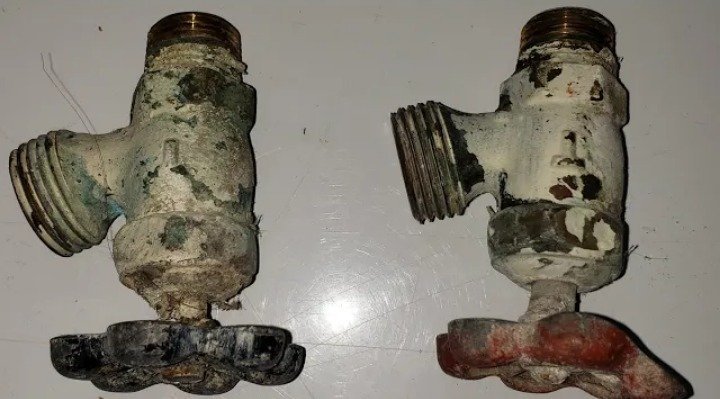
Read also: why are brown flakes in your washing machine?
How To Loosen A Corroded Stuck Water Valve?
There’s still some quick fixes to do. Removing the corrosion is quite different from loosening the entire rusty washer valves.
Here are the specific procedures you need to take in order to loosen your tight and corroded washer valves.
- Shut off the main water supply connection.
- Apply penetrating oil to the valves.
- Keep tapping with a tool or hammer.
- Try twisting the valves.
- Apply a form of heat.
1. Shut off the main water supply connection
Like I’ve always mentioned above, before carrying out any fixes on your appliances you need to disconnect both the power supply and water connections
Turn off the main water supply in order to avoid flooding your laundry room when you finally take off the valves.
Perhaps there is still some water remaining in the pipe, you can put a bucket directly under the valve to completely drain the water.
2. Apply a penetrating oil to the valves
Penetrating oils easily helps to reduce the stiffness of items and is exactly what we need to do this correctly.
Ensure that you use a metal penetrating oil and not exactly a wood penetrating oil. (Don’t be confused here). Specifically, we recommend using a WD-40 industrial lubricant.
If you don’t have this lubricant at home, you can simply get one at any online or nearby stores around.
There are several other lubricants you can choose to use, so long as it’s strong enough to get rid and loosen the corrosion.
3. Keep tapping with a tool or hammer
While applying a few drops of penetrating oil to the washing machine valve, remember to keep tapping it with a hammer.
You can tap the valve a little bit in order to enable deeper penetration of the lubricant.
Apply more oil and give it time to bulge depending on the degree of stiffness.
4. Try twisting the valves
Attach one wrench to the valve and another on the tip, turn them against each other so as to remove the shut off valve.
Regarding the amount of time you give the penetrating oil to sink, you should apply some heat if it still won’t come loose.
5. Apply a form of heat
Using a hair dryer is a good idea in situations like this. Just be careful if the lubricant or penetrating oil you applied is highly flammable.
You definitely wouldn’t want heat to come in contact with an oil like that. If a flammable lubricant is used, it’s better to clean it off the valve before applying a little bit of heat.
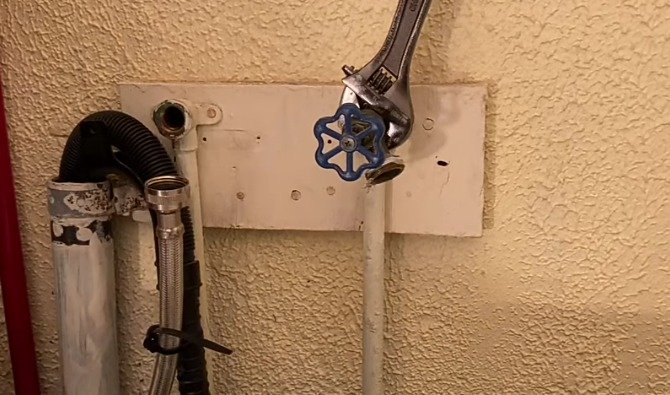
Preventing Washing Machine Valve From Getting Corroded
In a bid to avoid getting a constant recurrence of corroding washing machine valves, there are some preventive measures you can take.
- Keep the metal valves corrosion-free by utilizing WD-40 multi-use-products.
- Inspect the valves on a regular basis to check for leaks before it gets corroded.
- Avoid constantly letting water get in contact with the metals.
The aforementioned tips would help prevent corrosion.
Frequently Asked Questions!
How Can I Replace A Corroded Washing Machine Valve?
Sometimes, when a corroded washing machine valve fails to come off or even when it does, it frequently gets stuck, leaks or rusty.
The possible solution is to replace this part with a new one depending on the severity of the corrosion.
Follow the procedures below to replace your washing machine valve.
- First and foremost, you must have disconnected the water supply to your washing machine.
- Use a wrench to loosen the valves and remove them.
- Now that you’ve gotten new valves, wrap a plumber or teflon tape around the thread or pitch of the washing machine water valves.
- Attach the new valves to its space and ensure that it’s perfectly fitted.
The washing machine valve handle replacement is as easy as that. No complex steps are required.
Conclusion
I hope with this detailed guide you are able to find a perfect answer to your question.
Perhaps you are still experiencing issues with your corroded water valve washing machine, you should call a professional to have a look.
Related Contents:
